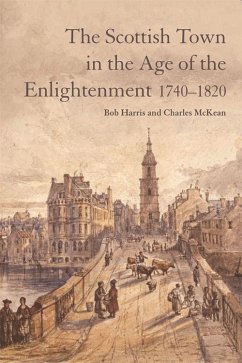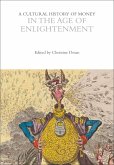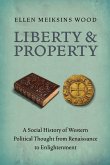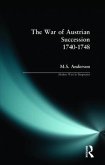'A deeply researched study that will reshape the way we look at British urban history in the period.' Peter Borsay, Aberystwyth University 'An exciting and important book, deeply researched and splendidly illustrated.' Peter Clark, University of Helsinki A pioneering study of 18th-century Scottish urbanism This heavily illustrated and innovative study tells the story of a profound transformation in the nature of the urban environment and urban society. It looks to the development of Scots burghs, their changing material cultures, regulation and cultural life, and shows the true character of the Scottish urban experience in the period c.1740-1820, a period often identified with the intellectual flowering that later became known as the Scottish Enlightenment. In 1740, many Scottish towns were in a sorry condition. However, from this period on, against a background of accelerating economic revitalisation, urban elite and urban dwellers began systematically to implement programmes of improvement designed to enhance their townscapes, with an increasing convergence on Anglo-British norms and models. But how far did the burghs and urban society remain distinctively Scottish in character? This book explores in detail this process of transformation and its significance for our understanding of Scottish society in this period. Since 2006, Bob Harris has published widely on 18th-century British and Irish political, social and cultural history. His most recent book was The Scottish People and the French Revolution, (2008). He is currently Vice Chair of the Faculty of History at the University of Oxford. Charles McKean (1946-2013) was Emeritus Professor of Scottish Architectural History at the University of Dundee. A prolific writer and inspirational teacher, he wrote many books and essays on Scottish architectural and urban history from the early modern period to the 20th century. He was a fellow of the Royal Society of Edinburgh and the Royal Society of Arts and was previously Chief Executive of the Royal Institute of Architects in Scotland. In 2012, the University of Dundee awarded him the Honorary Stephen Fry Award in recognition of his achievements and of his role in engaging the public with his research, especially in the city of Dundee. Cover image: The New and Old Bridges at Ayr, Henry Gibson Duguid (c) Scottish National Gallery. Cover design: [EUP logo] www.euppublishing.com
Hinweis: Dieser Artikel kann nur an eine deutsche Lieferadresse ausgeliefert werden.
Hinweis: Dieser Artikel kann nur an eine deutsche Lieferadresse ausgeliefert werden.







